Elodie Cauvet
NEUROSPIN
Learning to rank from medical imaging data
Sep 30, 2012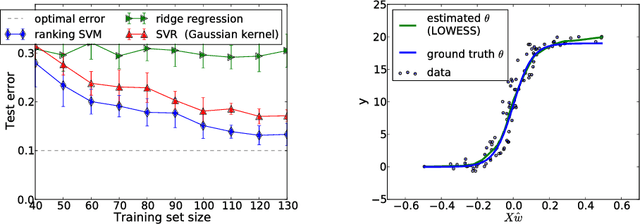

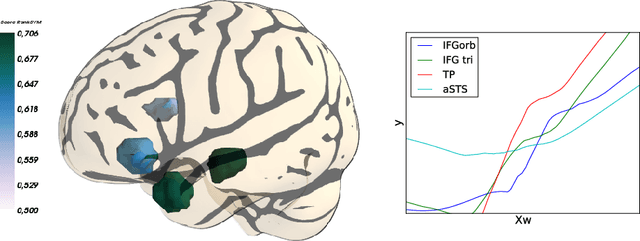
Abstract:Medical images can be used to predict a clinical score coding for the severity of a disease, a pain level or the complexity of a cognitive task. In all these cases, the predicted variable has a natural order. While a standard classifier discards this information, we would like to take it into account in order to improve prediction performance. A standard linear regression does model such information, however the linearity assumption is likely not be satisfied when predicting from pixel intensities in an image. In this paper we address these modeling challenges with a supervised learning procedure where the model aims to order or rank images. We use a linear model for its robustness in high dimension and its possible interpretation. We show on simulations and two fMRI datasets that this approach is able to predict the correct ordering on pairs of images, yielding higher prediction accuracy than standard regression and multiclass classification techniques.
Improved brain pattern recovery through ranking approaches
Jul 15, 2012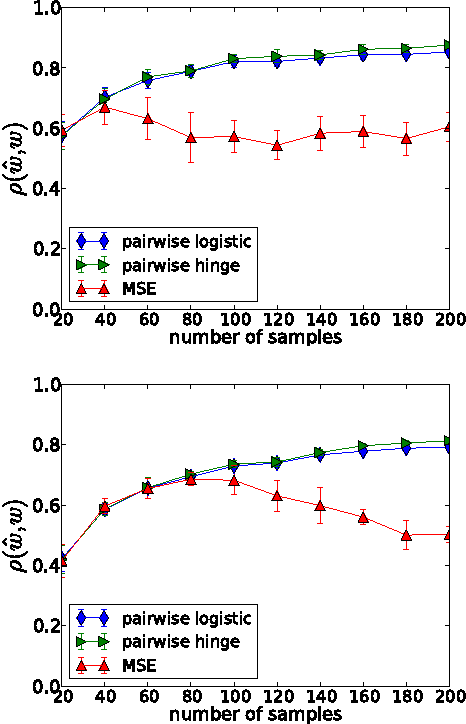
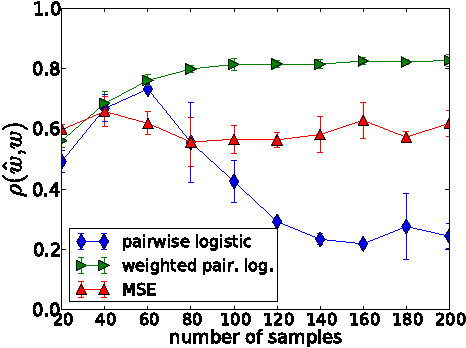
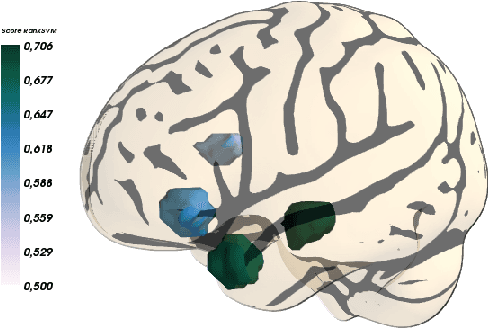
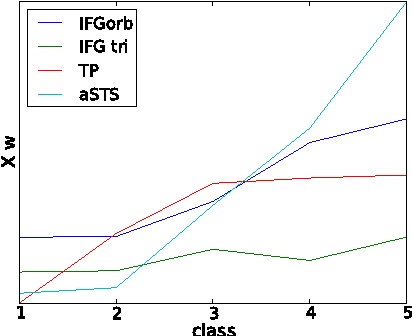
Abstract:Inferring the functional specificity of brain regions from functional Magnetic Resonance Images (fMRI) data is a challenging statistical problem. While the General Linear Model (GLM) remains the standard approach for brain mapping, supervised learning techniques (a.k.a.} decoding) have proven to be useful to capture multivariate statistical effects distributed across voxels and brain regions. Up to now, much effort has been made to improve decoding by incorporating prior knowledge in the form of a particular regularization term. In this paper we demonstrate that further improvement can be made by accounting for non-linearities using a ranking approach rather than the commonly used least-square regression. Through simulation, we compare the recovery properties of our approach to linear models commonly used in fMRI based decoding. We demonstrate the superiority of ranking with a real fMRI dataset.
 Add to Chrome
Add to Chrome Add to Firefox
Add to Firefox Add to Edge
Add to Edge